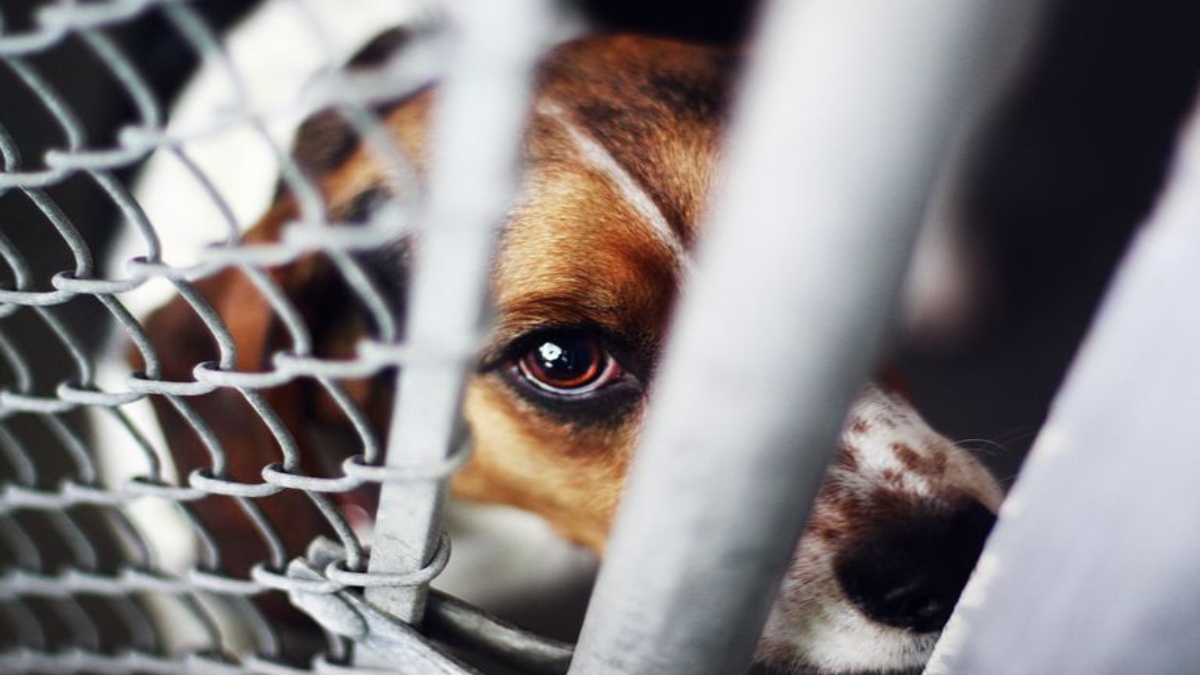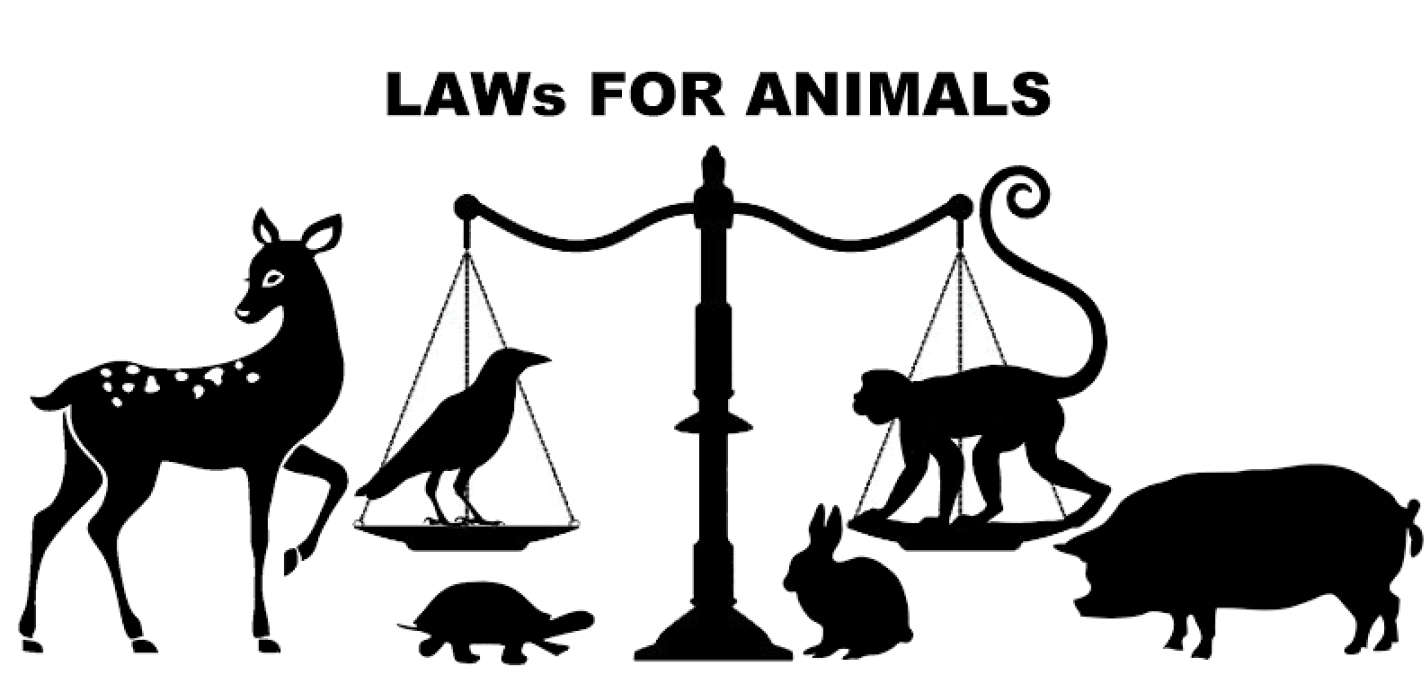


Protection of animals is enshrined as a fundamental duty in the Indian Constitution and there exist several animal welfare legislations in India such as the Prevention of Cruelty to Animals Act 1960 and the Wildlife Protection Act 1972 at the Central level and cattle protection and cow slaughter prohibition legislations at the State levels. The Indian Penal Code (IPC) 1860 is the official criminal code of India which covers all substantive aspects of criminal law. Section 428 and 429 of the IPC provides for punishment of all acts of cruelty such as killing, poisoning, maiming or rendering useless of animals. The aforementioned legislations have been enacted to obviate unnecessary pain and suffering of animals and similar legislations continue to be enacted according to changing circumstances. Notwithstanding specific statutes, further protections for animals lie under general concepts such as tort law, constitutional law, etc. Some of these laws have been mentioned below:-

1. It is the fundamental duty of every citizen of India to have compassion for all living creatures. Article 51A(g)
2. Bears, monkeys, tigers, panthers, lions and bulls are prohibited from being trained and used for entertainment purposes, either in circuses or streets. Section 22(ii), PCA Act, 1960.
3. Stray dogs that have been operated for birth control cannot be captured or relocated by anybody including any authority. ABC Rules, 2001.
4. Abandoning any animal for any reason can lead to imprisonment for up to three months. Section 11(1)(i) and Section 11(1)(j), PCA Act, 1960.
5. To kill or maim any animal, including stray animals, is a punishable offence. IPC Sections 428 and 429.
6. No animal (including chickens) can be slaughtered in any place other than a slaughterhouse. Sick or pregnant animals shall not be slaughtered. Rule 3, of Prevention of Cruelty to Animals, (Slaughterhouse) Rules, 2001 and Chapter 4, Food Safety and Standards Regulations, 2011.
To put forth in detail one of the most important legislations made for the protection of animals in India is The Prevention of Cruelty to Animals Act, 1960.
The basic cruelty law of India is contained in the Prevention of Cruelty to Animals Act 1960. The objective of the Act is to prevent the infliction of unnecessary pain or suffering on animals and to amend the laws relating to the prevention of cruelty to animals. The Act defines “animal” as any living creature other than a human being. In accordance with Chapter II of the Act, the Government of India established the Animal Welfare Board of India (AWBI) with some of the following functions: Advising the central government regarding amendments and rules to prevent unnecessary pain while transporting animals, performing experiments on animals or storing animals in captivity, Encouragement of financial assistance, rescue homes and animal shelters for old animals. Advising the government on medical care and regulations for animal hospitals, Imparting education and awareness on humane treatment of animals, Advising the central government regarding general matters of animal welfare.
The Act enumerates different variants of cruelty to animals under Section 11 as the following actions:
a) Beating, kicking, overriding, overloading, torturing and causing unnecessary pain to any animal.
b) Using an old or injured or unfit animal for work (the punishment applies to the owner as well as the user).
c) Administering an injurious drug/medicine to any animal.
d) Carrying an animal in any vehicle in a way that causes it pain and discomfort.
e) Keeping any animal in a cage where it doesn’t have reasonable opportunity of movement.
f) Keeping an animal on an unreasonably heavy or short chain for an unreasonable period of time.
g) Keeping an animal in total and habitual confinement with no reasonable opportunity to exercise.
h) Being an owner failing to provide the animal with sufficient food, drink or shelter.
i) Abandoning an animal without reasonable cause.
j) Willfully permitting an owned animal to roam on streets or leaving it on the streets to die of disease, old age or disability.
k) Offering for sale an animal which is suffering pain due to mutilation, starvation, thirst, overcrowding or other ill-treatment.
l) Mutilating or killing animals through cruel manners such as using strychnine injections.
m) Using an animal as bait for another animal solely for entertainment.
n) Organizing, keeping, using or managing any place for animal fighting.
o) Shooting an animal when it is released from captivity for such purpose.
However, the Act does not consider as cruelty the dehorning/castration of cattle in the prescribed manner, destruction of stray dogs in lethal chambers in prescribed manner and extermination of any animal under the authority of law. This Section provides somewhat of a leeway. Part IV of the Act covers Experimentation of animals. The Act does not render unlawful experimentation on animals for the purpose of advancement by new discovery of physiological knowledge or knowledge to combat disease, whether of human beings, animals or plants. It envisages the creation of a Committee for control and supervision of experiments on animals by the central government which even has the power to prohibit experimentation if so required. Chapter V covers the area of performing animals. Section 22 prohibits exhibiting or training an animal without registration with the AWBI. The Section prohibits animals such as monkeys, bears, lions, tigers, panthers and bulls from being utilized as performing animals. An additional leeway provided by the Act is that under Section 28, nothing contained in the Act shall render it an offence to kill any animal in a manner required by the religion of any community. Considering the diversity of religions and traditions in India, this Section was considered imperative.
Despite so many regulations every day, cases of cruelty to animals are reported across the country. But the perpetrators often get away unscathed as the penalty for a first-time offender is a meagre Rs 50 under the Prevention of Cruelty to Animals (PCA) Act 1960. Animal welfare activists have been trying for decades to amend the Act and pushing for more stringent penalties. The government has prepared a draft to amend the 60-year-old Prevention of Cruelty to Animals Act, proposing penalty up to Rs 75,000 or three times the cost of the animal with jail term up to five years or both if an act of an individual or an organisation leads to an animal’s death. The draft has proposed offences in three categories – minor injury, major injury leading to permanent disability, and death to an animal due to cruel practice – and prescribed different penalties ranging from Rs 750 to Rs 75,000 and jail term up to five years for different crimes.
Its proposed new section, meanwhile, has the following provisions—
11 (A): Gruesome cruelty or life-threatening cruelty against animals, for which the penalty is Rs 50,000 per animal or the cost of the animal as determined by a jurisdictional veterinarian. This carries imprisonment of one year which may extend to three years or both.
11 (B): Killing of an animal for which the penalty is Rs 75,000 per animal or three times the cost of the animal as determined by the jurisdictional veterinarian, whichever is more, with imprisonment of three years which may extend to five years or both.
11 (C): Exceptions (exemption to section 11 (B) killing of an animal): i) accident ii) in defence of self or property (iii) by an act of god or war (iv) any other unforeseen circumstance outside the control of any person in general.
Under Section 12—which deals with the practice of doom dev (the process of blowing air into a cow’s vagina to induce production of more milk) or the injection of any substance to improve lactation—the draft proposes Rs 75,000 as the penalty with imprisonment of three years which may be extended to five. The current penalty is Rs 1,000, two years in prison or both.
OVERVIEW OF INTERNATIONAL COMPARATIVE ANIMAL CRUELTY LAWS
In the EU, the European Convention for the Protection of Pet Animals governs the treatment of companion animals. The basic principles for animal welfare presented in this treaty are that nobody shall cause a pet unnecessary pain, suffering or distress. Additionally, no one shall abandon a pet animal. It gives the guidelines for who can own a pet and there is an entire section on trading, commercial breeding, and boarding and animal sanctuaries. This legislation is helpful because it takes preventative measures instead of just relying on redress when an animal has been abused. The treaty contains protective measures existing for the welfare of the animal, not just the owner of the animal. The main component to the shift in Europe toward more progressive animal welfare laws is the recognition of moral status in animals. Animals are seen to have inherent value. No longer are animals seen as having value only as property. The recognition of an animal’s ability to feel pain has made a huge difference in the animal welfare laws in Europe. Laws exist to minimize unnecessary suffering for the benefit of animals as well as humans.
In the United States, there are three federal statutes governing animal welfare. These are the Animal Welfare Act , the Humane Methods of Slaughter Act and the Twenty-Eight Hour Act of 1877.
Please read concluding on thedailyguardian.com
The Animal Welfare Act generally refers to animals used in scientific experiments and does not pertain to companion animals pets or animals raised for food. State anti-cruelty acts regulate the treatment of companion animals. The anti-cruelty acts protect against intentional infliction of pain, suffering, injury and death on animals. Some states have protections against animal fighting as well. State anti-cruelty statutes as applied to companion animals often work to convict persons accused of animal abuse. A federal law on the treatment of companion animals may help prevent these abuses from happening in the first place through regulating who can own pets, sell pets and regulating spaying and neutering. In most states, pets are considered the property of their owners and are regulated as such. In Switzerland, Germany and Norway, the animal welfare statutes do not have special provisions for companion animals. The general provisions apply to companion animals. All three of these countries recognize that the protection of animal welfare is for the benefit of the animals, not just the humans who come in contact with the animals.
CONCLUSION
Now considering the current situation it is a brutally honest fact that the state of animals in India 2021 is not good, the cases of cruelty inflicted on animals are being heard every now and then, people don’t understand that even these living being, these stray animals feel pain and it is wrong to take this issue so lightly specially in a community where people are educated and aware, I believe children should be educated in order to become front runners in protection of animal rights, shelter homes should be there in every state for abandoned animals. The first step itself towards which is educating children to have respect for animals and treat with them kindly. Food and shelter should be provided to street dogs by government shelters, and registered firms and NGOs to assure their safety. Banners and posters should be put up at all major areas of the town to spread awareness among general public about being compassionate with animals. Frequent raids should be conducted against people who operate under the guise of shelter providers or ‘rescuers’. These hoarders often fail to provide for animals’ physical and social needs, including food, water, veterinary care and sanitary living conditions. Further, animals are often confined to tiny cages or crates by them, which are stacked on top of each other. If everyone starts to look at animals and not just dogs and cats as fellow animals, who share our planet, we will see far fewer cases of cruelty towards animals. Organisations such as the SPCA and PETA, which are working for animal rights, can achieve a lot if they receive help from local organisations and public in general.